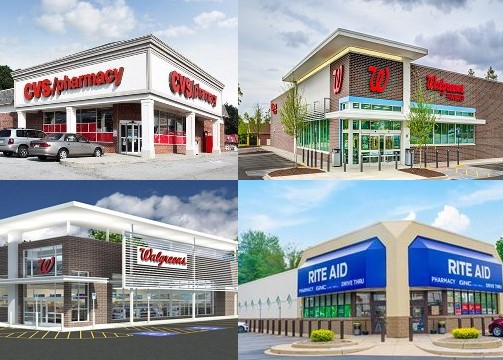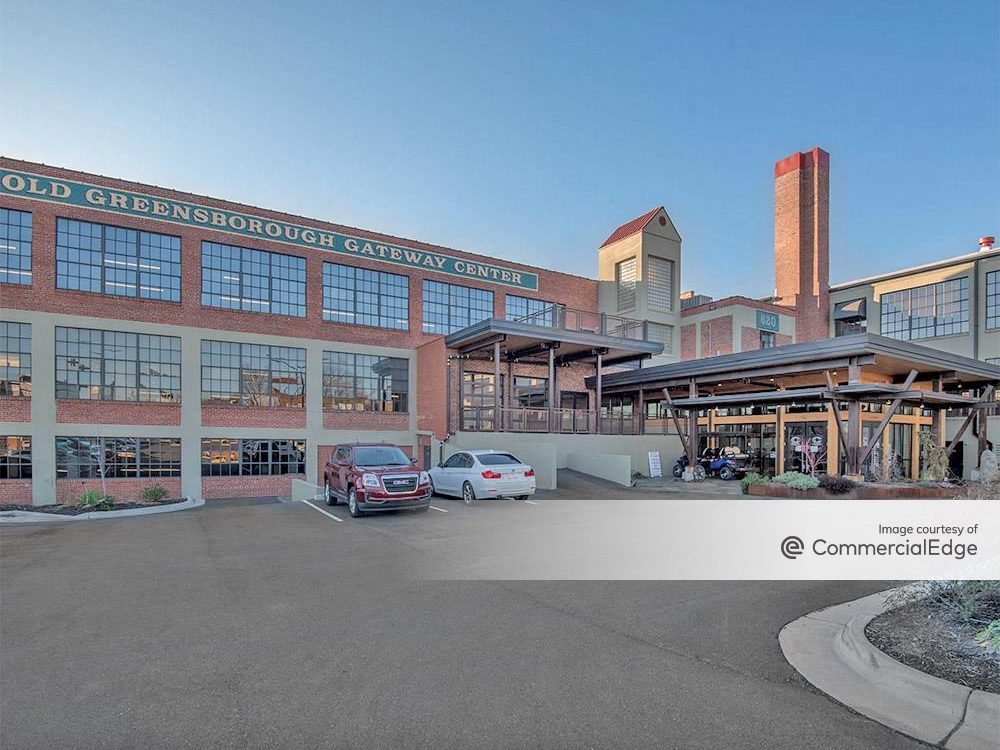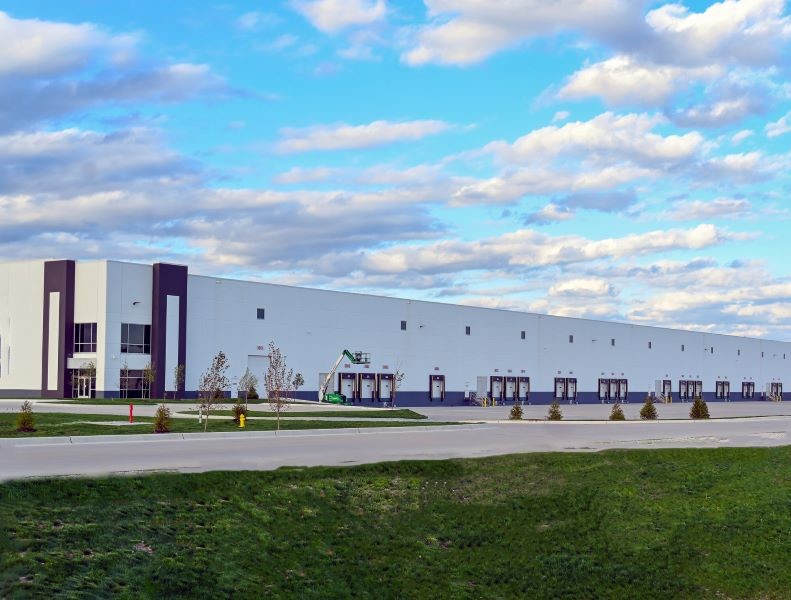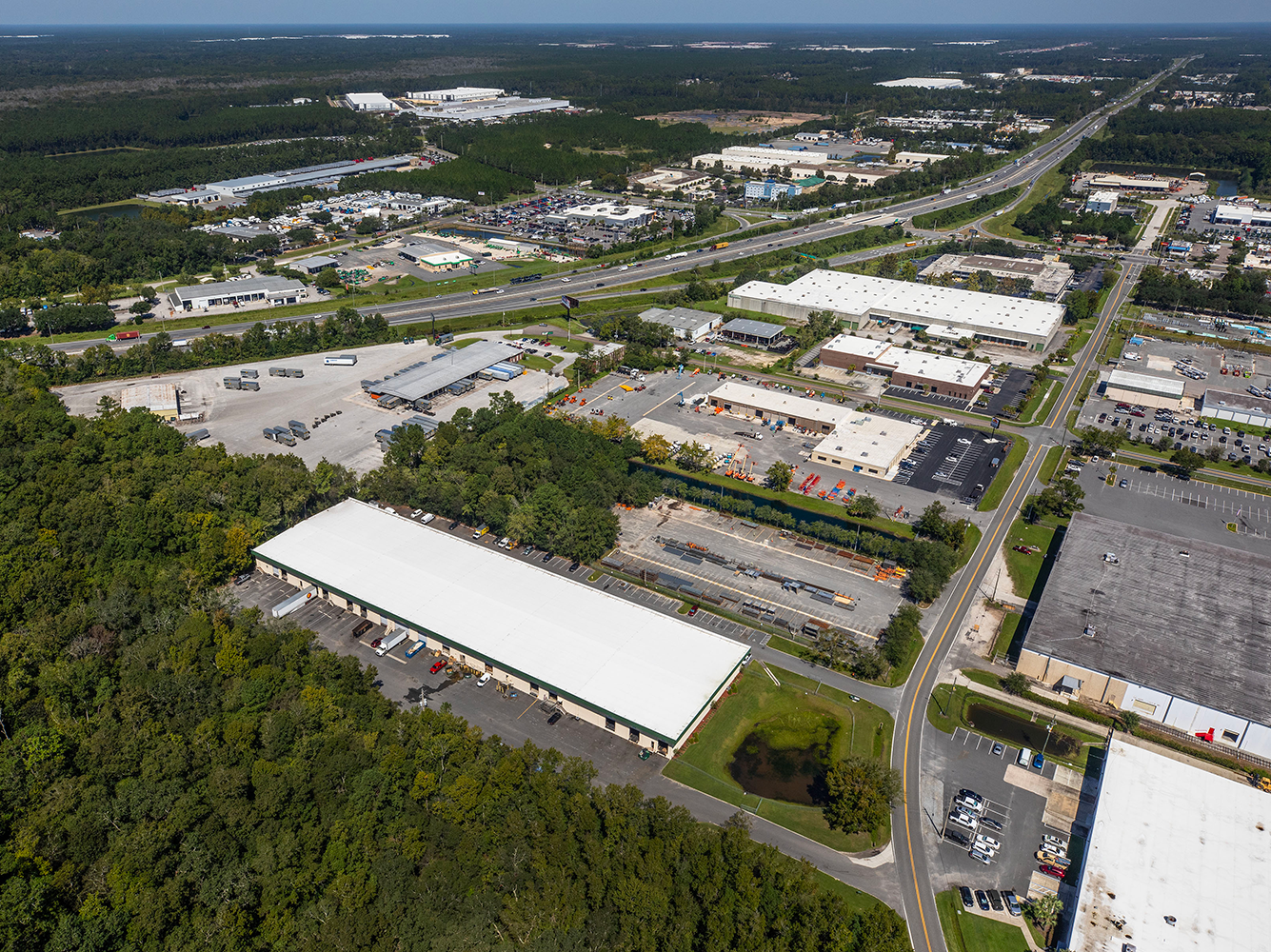COVID-19 Boosts Demand for Single-Tenant Drugstores
Cap rates for the property type increased while available stock declined, according to a new report from The Boulder Group.
While the COVID-19 pandemic has weakened the retail sector, single-tenant drugstore properties in the U.S. saw a surge in demand in the third quarter of 2020, according to The Boulder Group.
READ ALSO: Q3 Retail Fundamentals Deteriorate Further, CBRE Finds
The company’s latest study finds national asking cap rates for the single-tenant drugstore sector increased to 6.39 percent in the latest quarter, up 17 basis points from the same period last year, while the supply of properties has dropped by 10 percent.
Looking at the three major drugstore retailers, both Walgreens and Rite Aid saw an uptick in cap rates while CVS experienced a drop. For Walgreens, the median asking cap rates increased 19 basis points to 6.25 percent, compared to last year’s 6.06 percent. Rite Aid also saw a notable increase in cap rates, going up 15 basis points to 7.8 percent compared to last year’s 7.65 percent. CVS was the notable outlier, dropping 10 basis points to 5.5 percent from last year’s 5.6 percent.
The report attributed the increase in cap rates for the drugstore sector to a shorter average remaining lease term, which dropped to 10 years in the third quarter. John Feeney, senior vice president at The Boulder Group, said in prepared remarks that the significant demand for drugstore assets and the increased number of transactions has depleted the sector of quality assets.
The increased investor demand for drugstores has resulted in a 10 percent decline in overall supply in the third quarter. The number of Walgreens properties on the market fell 11.4 percent, with only 155 available properties, compared to 175 from last year’s third quarter. Similarly, CVS saw a 19.6 decrease in the amount of properties on market, dropping to 90 properties compared to the 112 from the same period last year. In contrast, Rite Aid actually saw more properties go on the market with a 6 percent increase, from 67 to 71 properties in the third quarter of 2020.
The report also noted that the supply of properties with long-term leases decreased, where leases with more than 15 years remaining on their primary term only made up 15 percent of the market, compared to last year’s 25 percent.
A healthy future for drugstores
Randy Blankstein, president of The Boulder Group, said in prepared remarks that the sector’s transaction velocity should continue to favor essential retailers for the rest of 2020, allowing the drugstore sector to benefit from the increased demand. A Marcus & Millichap report in July that examined reopening the retail sector noted that drugstores, among grocery, dollar store and mass merchandisers, saw a quick return to normal levels of customer volume.
The Boulder Group’s report added that private and 1031 exchange investors will continue to be the primary acquirers of these properties due to their stable cash flows. However, because of the uncertainty in the net lease sector, a majority of investors are focusing on net lease drugstores with longer term leases that are located in primary markets.
Read the full report by The Boulder Group.








You must be logged in to post a comment.